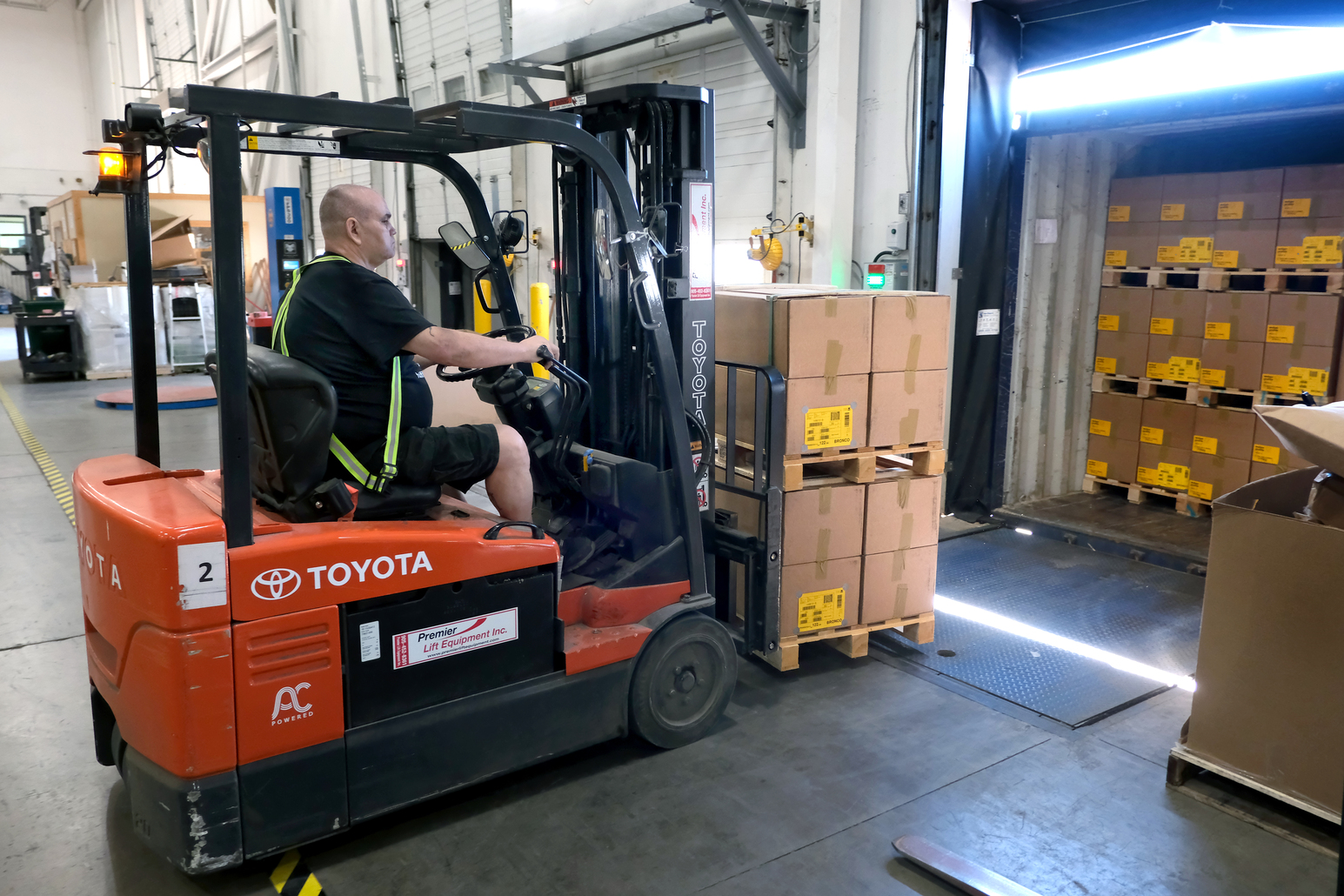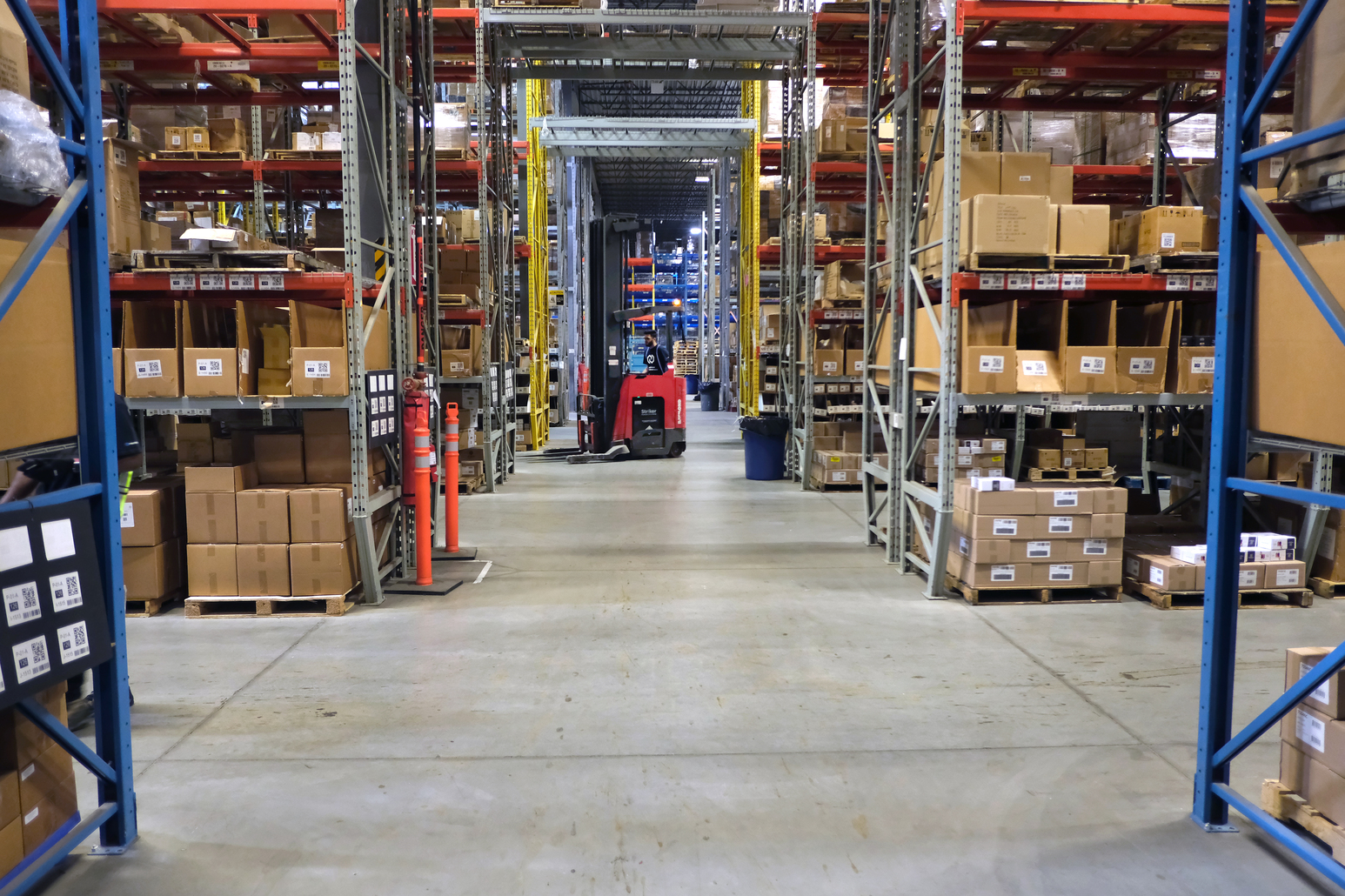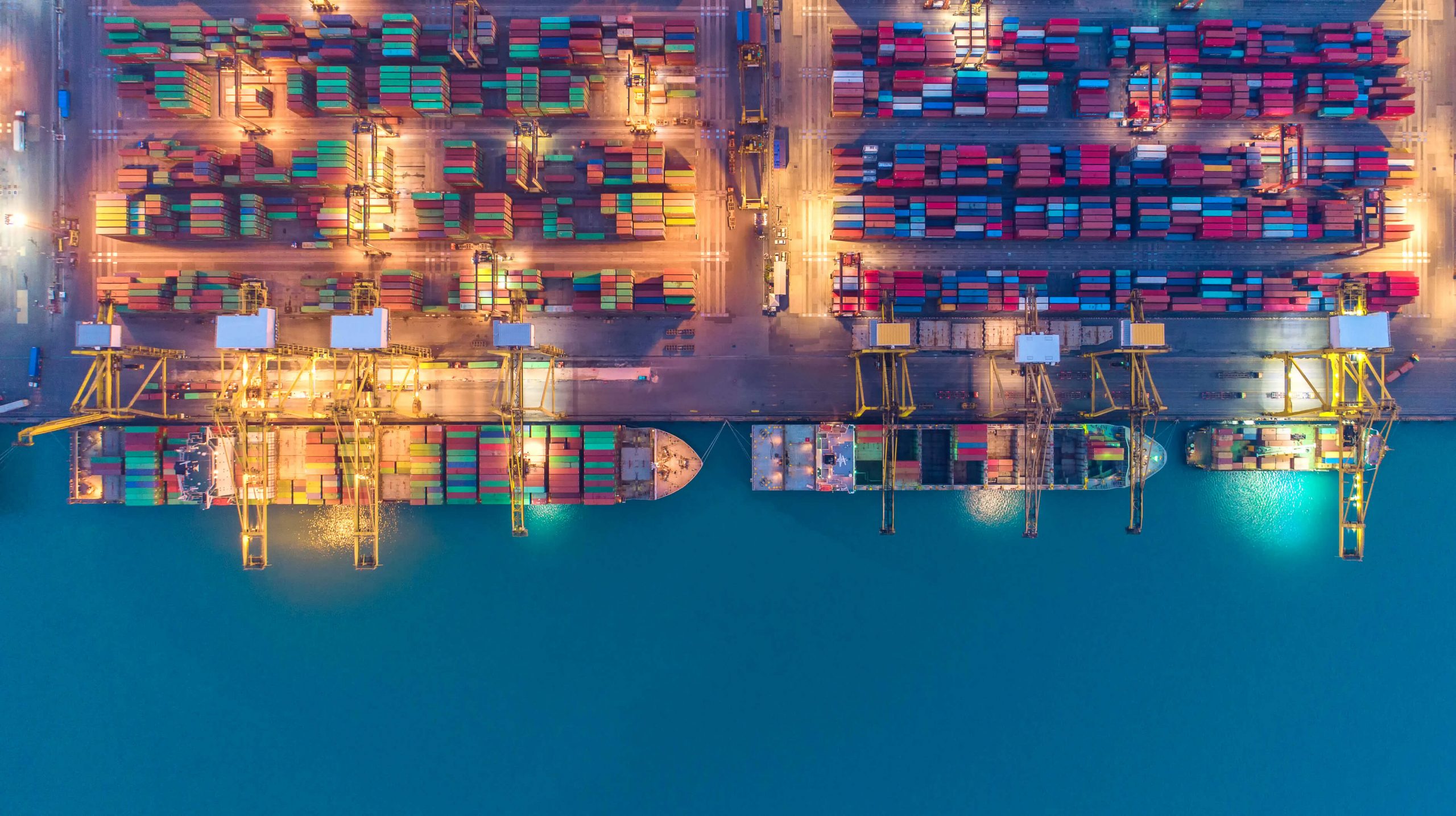The United States is Canada’s largest trading partner. Due to the close proximity between these two countries it is likely to remain so for many decades to come. The evolution of cross border trade has increased significantly over the past few decades, first with the advent of the FTA (Free Trade Agreement) and later the NAFTA (North American Free Trade Agreement) that brought Mexico into the fold.
It is no secret that the 48th parallel is one of the easiest borders to cross commercial shipments through each of our respective national customs agencies. But you have to do it right. Customs compliance means everything if you want a hassle-free entry into either country. Failure to comply with the rules and regulations can mean AMPS (Administrative Monetary Penalty System) penalties, increased customs inspections and almost certain delays on future shipments.
Documentation Required for a Smooth Clearance
Each country has a minimum documentation requirement for smooth passage but we’ll start with imports into Canada. Each importer’s supplier must provide clear and accurate documentation including:
- Commercial Invoice that describes the nature of the shipment including quantities, transaction value, HS classification, date of export for exchange purposes and Country of Origin.
- Bill of Lading (BOL) stating the name of the carrier, cargo contents, number of pieces, weight and type of packing. (i.e. loose cartons, pallets etc.)
- Packing List that provides a clear description and quantities of all goods contained in each packing unit.
Other documents may be required such as a NAFTA (North American Free Trade Agreement) certificate and an export license in the case of controlled commodities.
Each of these documents should be completed prior to the carrier collecting the shipment. The carrier plays a vital role in ensuring that the shipment will cross into Canada with minimal hassle. They will apply a PARS (Pre-Arrival Review System) bar code to each of the commercial documents that will be scanned by Canada Customs on arrival. All of the documentation with the PARS bar code number is sent in advance by the carrier, to the importer’s customs broker at the intended port of entry along with an estimated time of arrival.
Once the customs broker receives the documents and PARS bar code, they will submit the information to the CBSA, usually electronically but paper submission is also available. Basic shipments are processed very quickly for release however if there are permits or other documentation required, it usually takes a little longer.
Beginning in July 2015, an ACI (Advanced Commercial Information) – eManifest is required by highway carriers that contains all pertinent information about the shipment prior to arrival at the customs port of entry.
When the carrier presents the documentation at the border crossing, the commercial customs officer will scan the bar code to determine if the shipment has been pre-released or if a physical examination is required. Drivers can also receive email or telephone alerts advising them of customs clearance status so that they know if they may cross the border.
Shipping to the USA
The CBP (US Customs and Border Protection) employs a similar procedure to the one utilized for shipping goods to Canada. Known as PAPS (Pre-Arrival Processing System), all documents require a unique bar code for the commercial invoice and inward manifest. Once the US customs broker receives this information, they will electronically submit the documents into the ABI (Automated Broker Interface) to create an entry document.
Unlike Canada, the driver is not required to carry a commercial invoice on board however the customs broker must make the invoices available to CBP if requested. A review of the documentation is processed and if there is no notice of a physical examination, the shipment may proceed in an expedited manner.
Since the introduction of PAPS, truck shipments crossing the border into the US are processed in advance and have greatly reduced the time for customs clearance. Note that shipments that involve other government agencies such as the FDA (Food and Drug Administration) or that require a Transportation bond cannot be released under the PAPS system.
Each of the advanced release systems are intended to speed up the customs clearance process at the respective border. The rules apply to both FTL (Full truckload) and LTL (less than truckload) shipments. The principles of both systems are relatively the same but each have their own nuances.
Importers and exporters also must comply with the controlled wood packaging requirements. A fumigation certificate must accompany the documentation when non-manufactured wood is used for packing. And it should be noted that all truck carriers have a limited liability clause in their bill of lading that restricts compensation to a limited amount in the event of loss or damage. Considering external cargo insurance is recommended and can usually be obtained through the freight forwarder.
Mantoria provides trans-border FTL and LTL truck services throughout North America, as well as customs clearance services between USA and Canada. Find out how Mantoria can help manage the whole process for you North and South bound, to ensure your company is fully compliant and does not experience any unforeseen delays or penalties. Contact us today to learn more!



